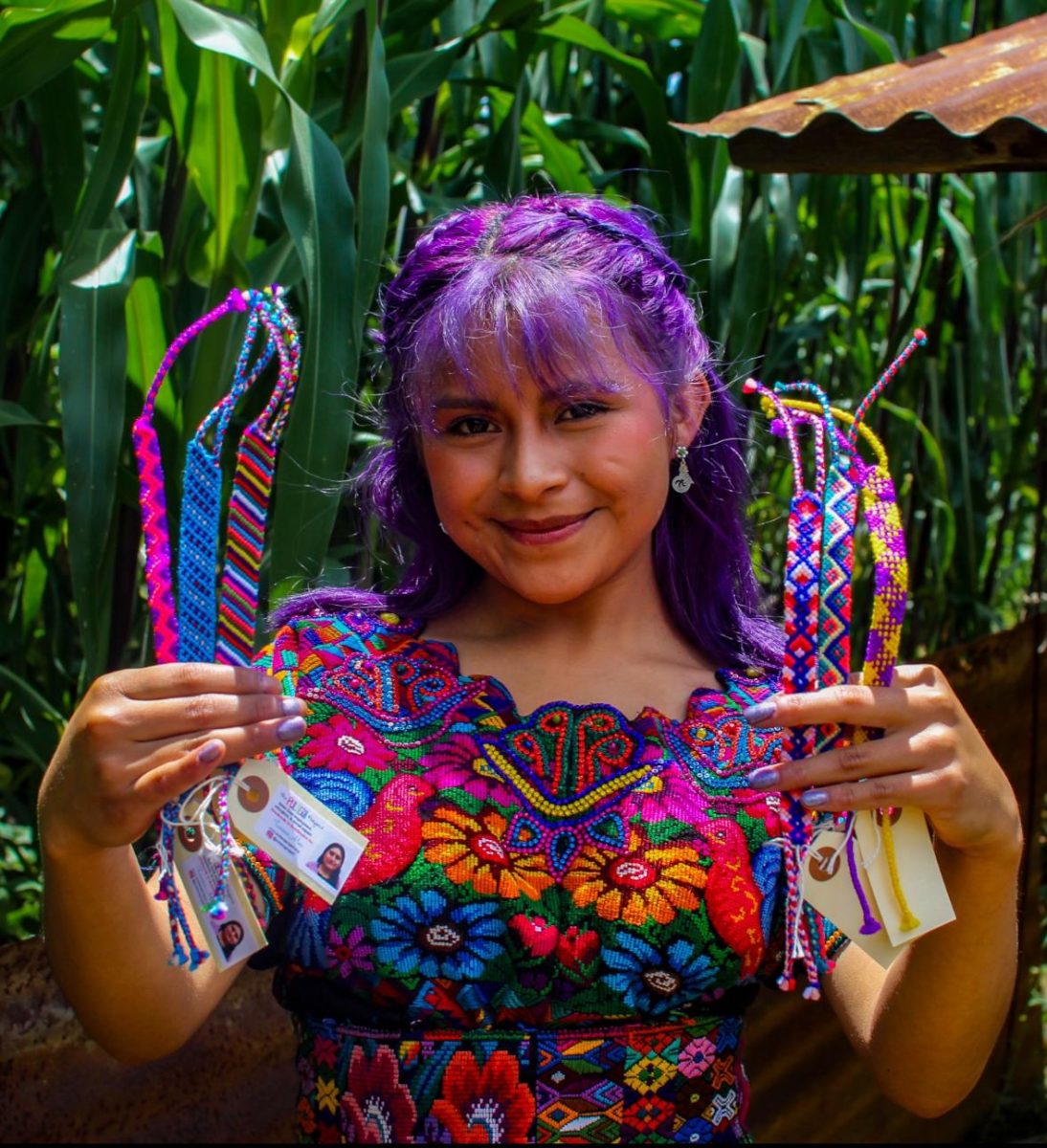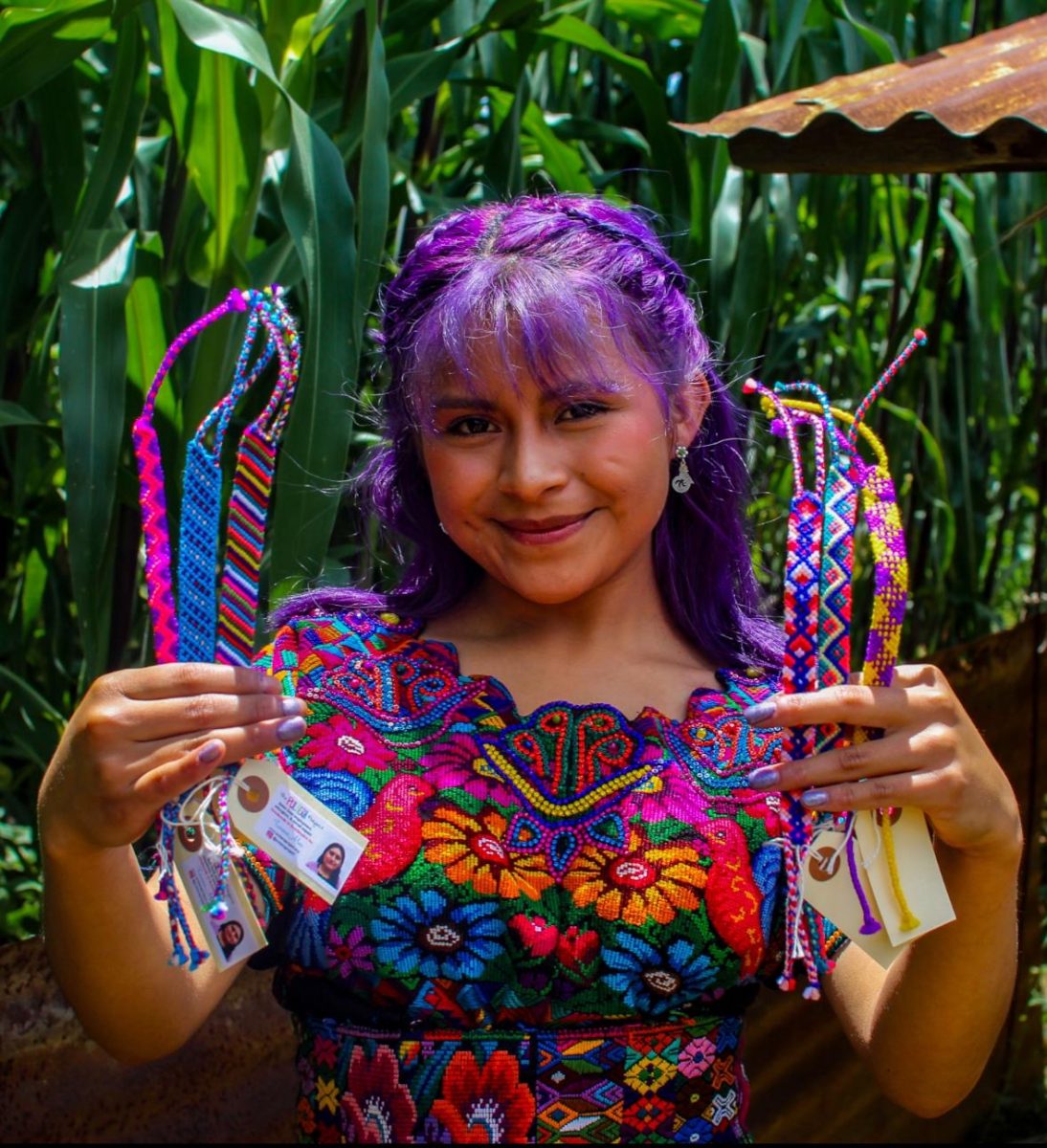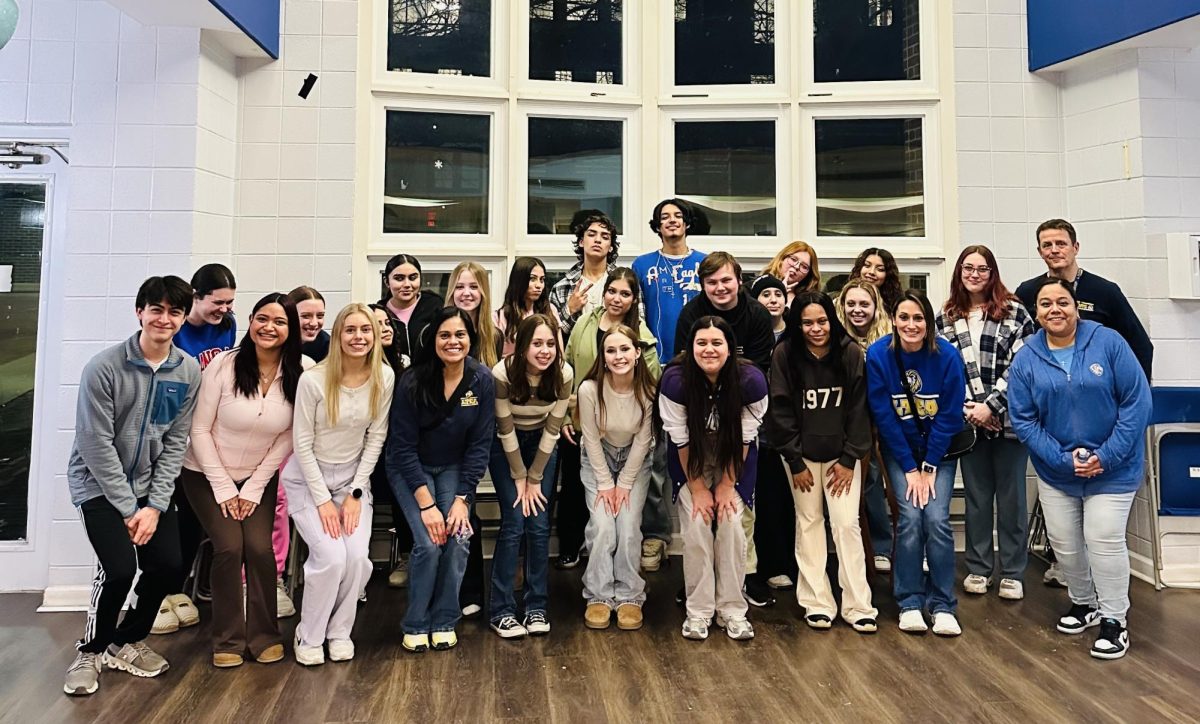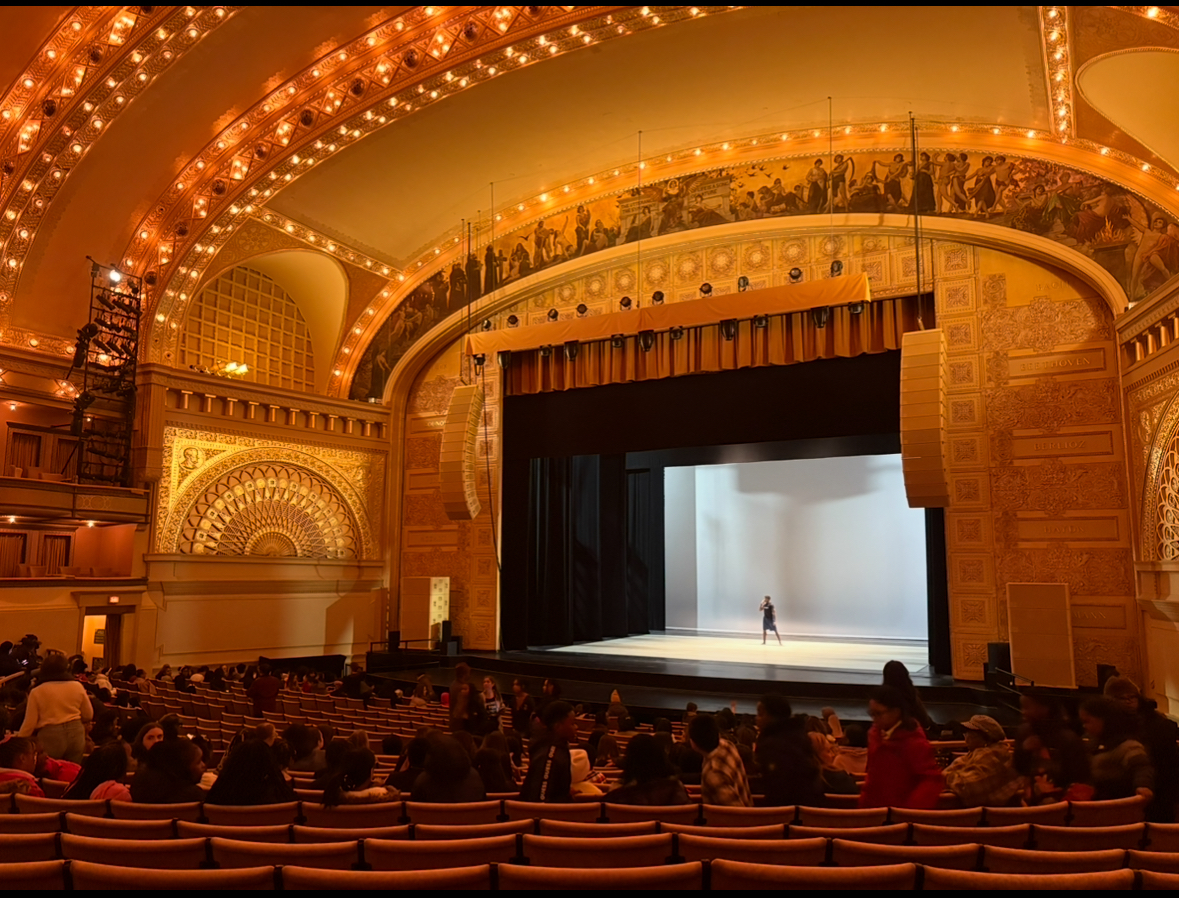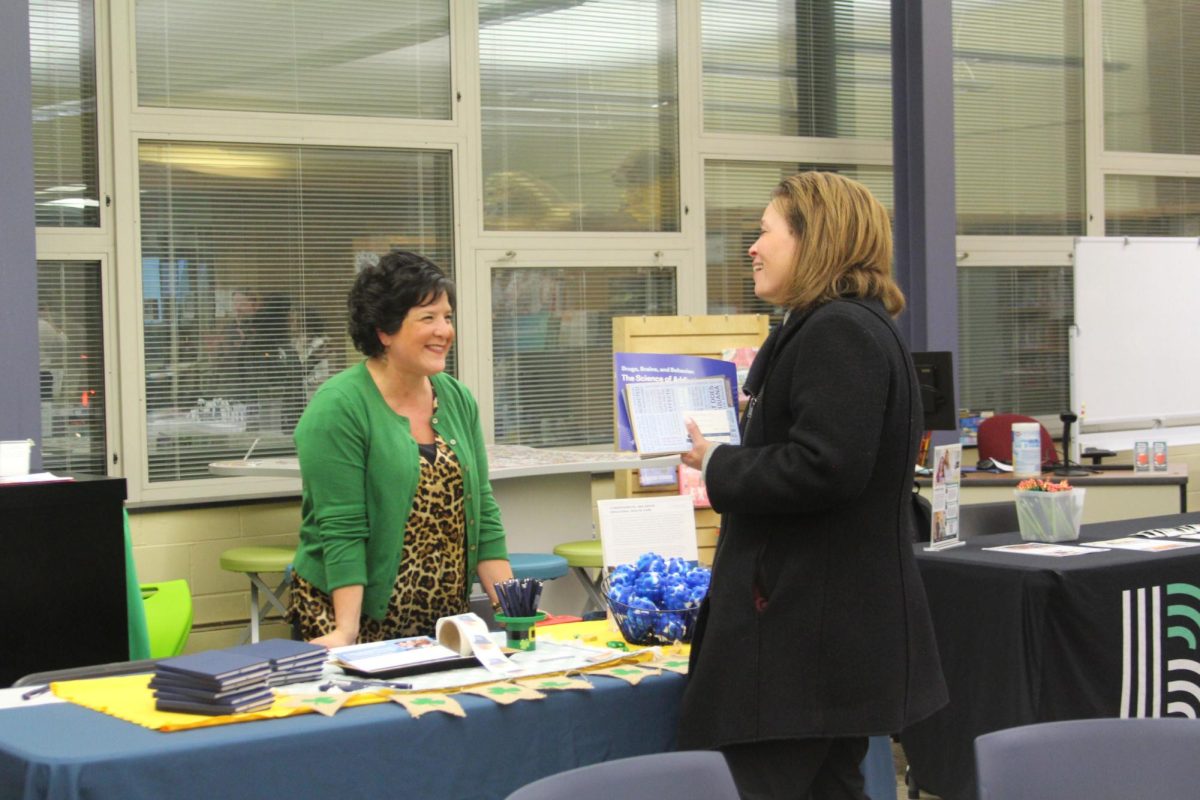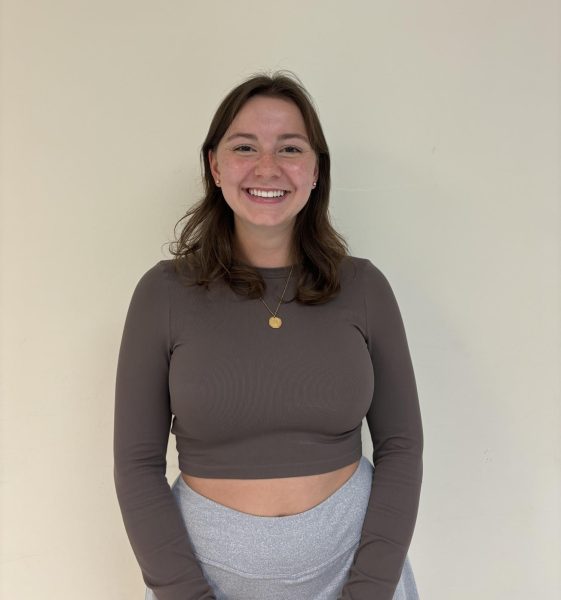The massively successful, nation-wide, multi-million dollar Pulsera Project non-profit was an accident. On a trip to Guatemala, Colin Crane and Chris Howell, the co-founders of the Pulsera Project, discovered a love for the brightly-colored, hand-woven bracelets the native artisans sold.
“We had the idea that if we could sell [the bracelets] to just our friends and family back on our college campuses, it’d be a cool way to raise a little bit of money for the people we met on our travels,” Crane said.
Crane and Howell brought the pulseras–bracelets in Spanish–back with them to sell and it was a big hit, Crane said. Howell had a family friend who started selling the pulseras at her elementary school, too. The idea quickly caught on and the Pulsera Project was born in 2009.
“Thanks to the unexpected enthusiasm of other schools, and teachers, and students,” Crane said. “The idea really took off, and grew to way beyond what we could’ve imagined.”
The Pulsera Project expanded to Nicaragua, where Reyna Gutiérrez, Nicaragua Pulsera Project artisan, joined in 2022.
“I chose to be with the Pulsera Project because it includes what I love–the art of bracelet-making and working with the community,” Gutiérrez said through an interpreter.
Through exchange programs, Gutiérrez has met artisans from all over the world.
“This experience helped me learn about different social realities, various forms of community work, and strengthened my creativity as an artisan,“ Gutiérrez said. “The greatest impact I have experienced through the Pulsera Project is the quality and warmth of human relationships with all the people involved, as well as the solidarity they practice and promote.”
In 2014, Lisa Plichta, an LT Spanish Teacher, was in graduate school and learned about the concept of service learning, which is a teaching method that integrates academically relevant service activities into a course.
“It was a really neat concept,” Plichta said, “And something that my LT students would appreciate and want to be a part of.”
Plichta then scoured the web for a non-profit organization that would relate to her Spanish classes. Enter the Pulsera Project. The first time Plichta saw the very colorful Pulsera Project ads on her social media, she dismissed them as scams. But then she decided to give them a chance, and discovered that the organization was free-trade certified, and made it very easy to collaborate with. Plichta pitched the idea to her sophomore Spanish III class, and was met with overwhelming enthusiasm.
“It’s not a ‘me thing,’” Plichta said. “If my students don’t want to, we are not going to do it. It’s not about me, it’s about them.”
Plichta ended up traveling to Guatemala on an all-expense paid trip through the Pulsera Project to meet the artisans in the summer of 2024. In Guatemala, she was interviewed on AsoMujerdi, a radio station run by indigenous Mayan women which advocates for women’s health and women’s rights. You can listen to the radio station on Tune-In.
“It was just incredible,” Plichta said. “The Pulsera Project also helped to fund a higher radio tower and equipment to help the women broadcast their radio station to a wider audience.”
Now, in 2025, LT’s Pulsera Project Team is preparing for yet another year of sales. Nathan Fisher, ‘25 Pulera Project Participant, started working with the project as a junior in Plichta’s Spanish IV Accel class.
“I was motivated by the fact that LT is the ‘world champion,’” Fisher said. “We’ve sold the most amount of bracelets out of any school in the nation.”
Preparation has been going on since January, Fisher said. Unlike other schools, LT makes a shirt, which is on sale in addition to the pulseras. LT’s Pulsera Project Team already decided on the color, design, and make. Right now, they’re waiting on the printing company to send the shirts.
“Be open to the fact that people are living in completely different worlds than we are,” Fisher said. “We are incredibly fortunate with the opportunities we have and the world we live in. If we can help to impact the lives of people in underprivileged countries, like just giving away five dollars for a pulsera, it’ll have a massive impact.”
According to the Pulsera Project’s website, the non-profit has sold more than 1 million pulseras in over 4,000 schools, raising more than $6 million for fair trade employment and a wide range of social impact programs. According to The Pulsera Project’s tax form, 630 artisans are no longer living in unsafe or substandard housing as a result of the nonprofit’s efforts.
“One of the life lessons I’ve learned is that sometimes things that end up being successful aren’t planned,” said Crane, “The Pulsera Project has been this long running accident that’s really resonated with people.”
The Pulsera Project has connected people all around the world, from Gutiérrez in Nicaragua, to Crane in California, to artisans in Guatemala, to Lyons Township High School in the United States.
“I would tell the students of LT to never stop dreaming, to chase their dreams, and, most importantly, to always strive to be better people,” Gutiérrez said. “Our world needs better human beings—people who care for it, embrace it, and respect it, including the people who live in it.”
Sales for the pulseras open after spring break, in early April. Pulseras are sold for $5 in the lunchroom of both campuses.
Editor’s Note: Google Translate was used to translate this article into Spanish. For the Spanish version click here.

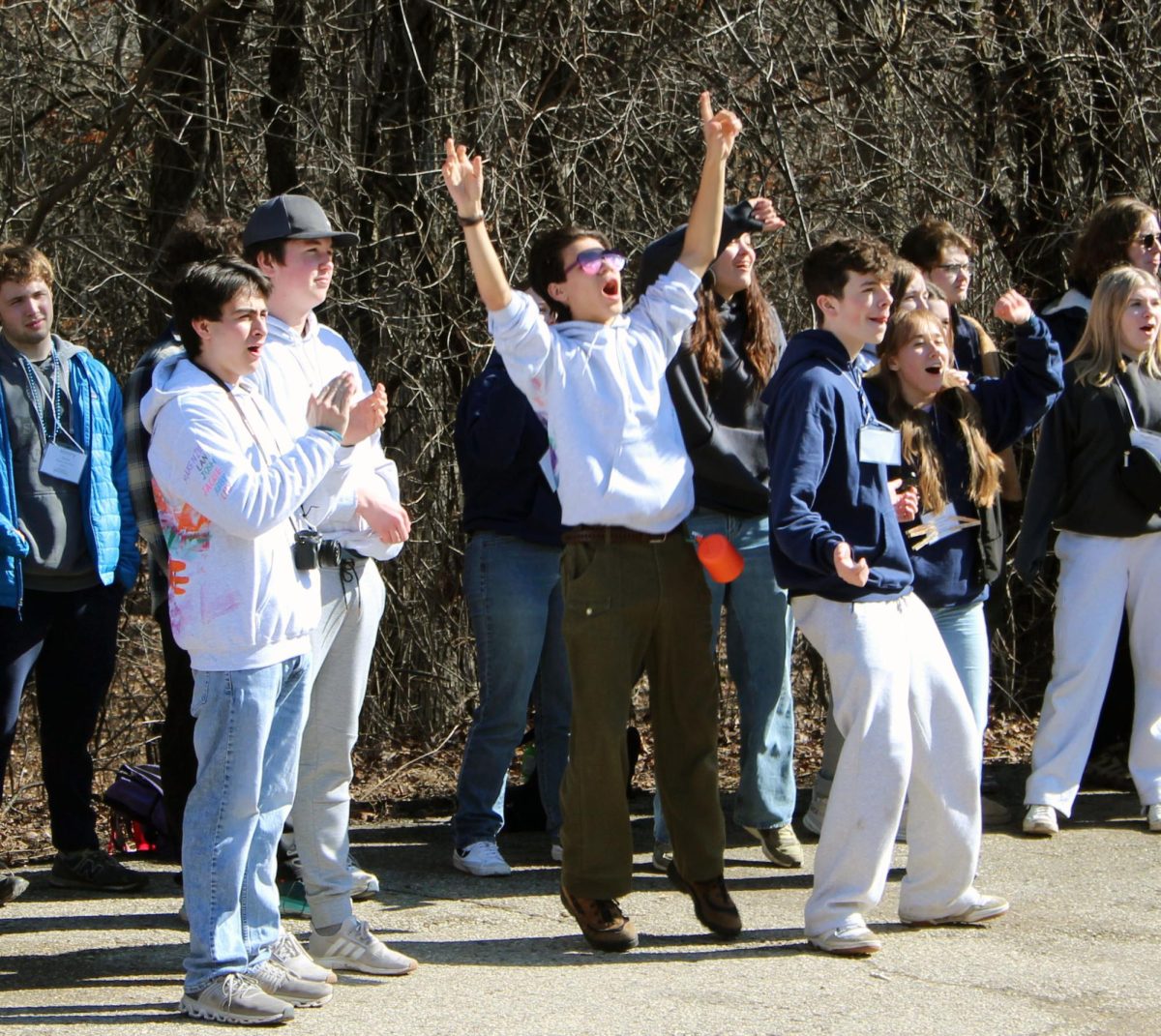


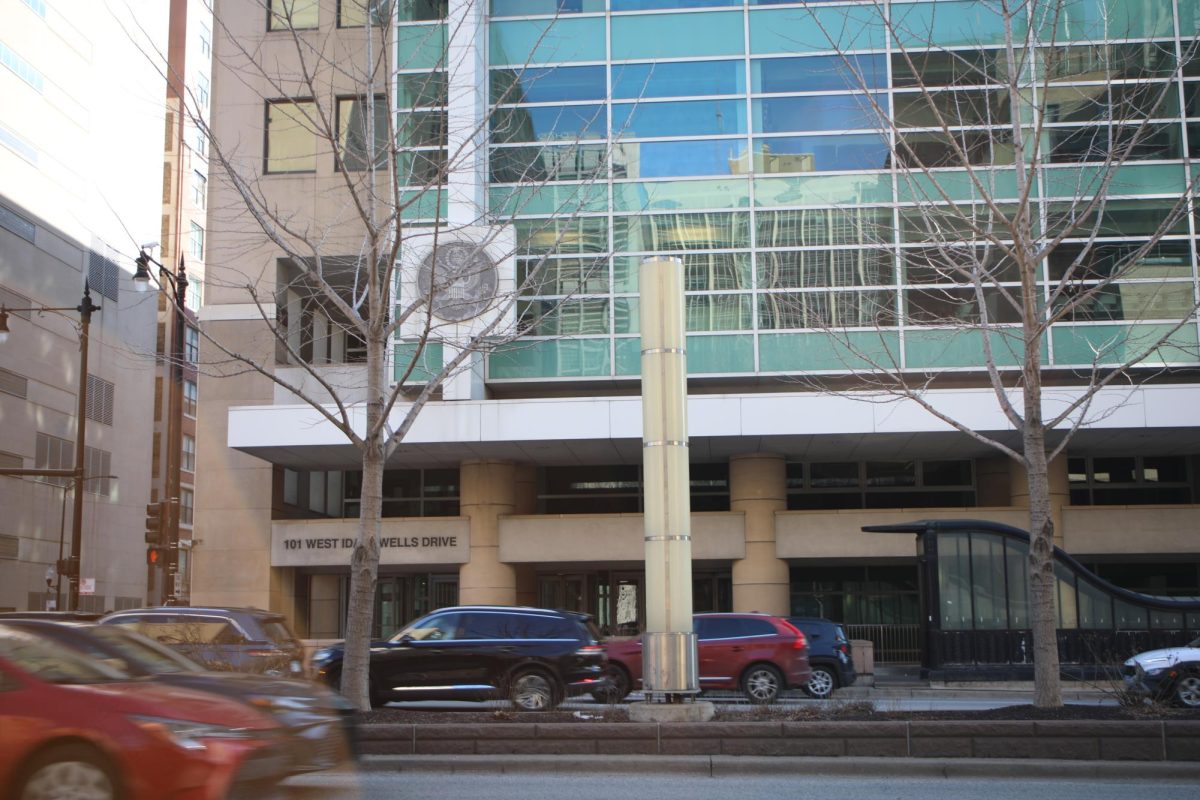
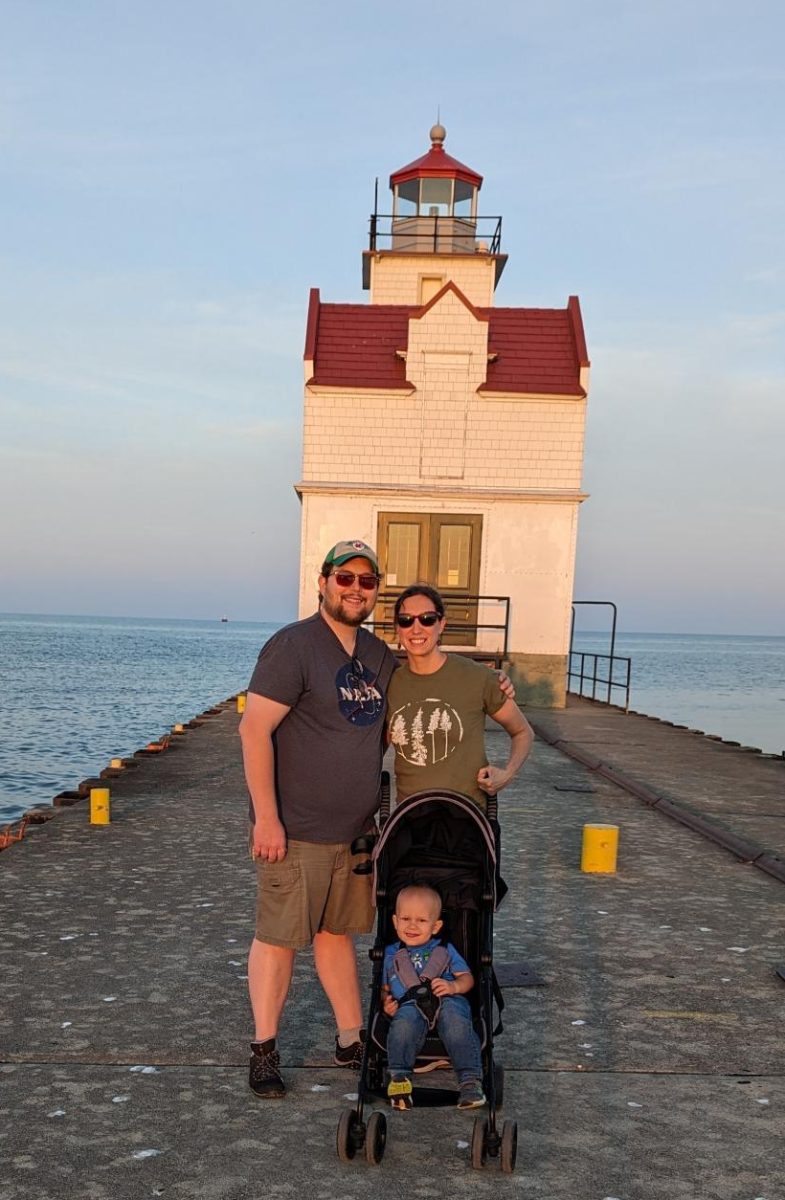
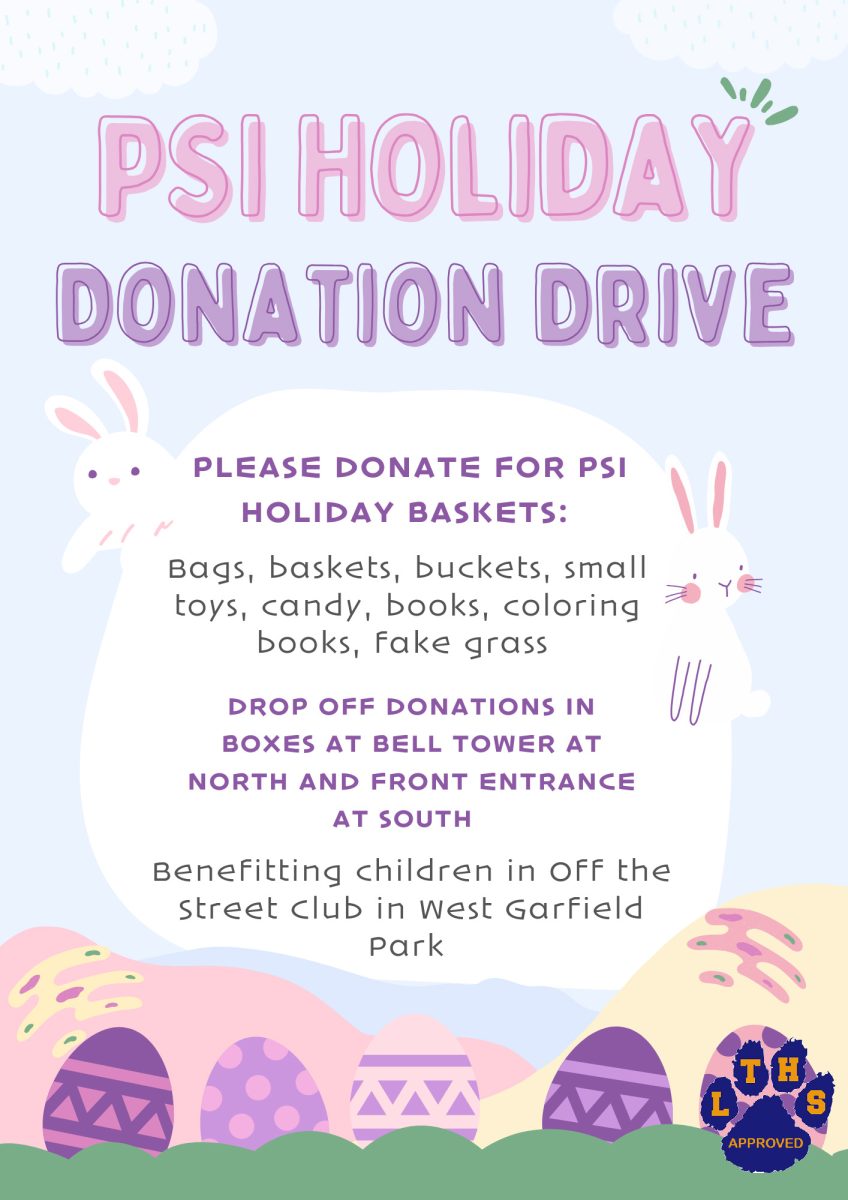
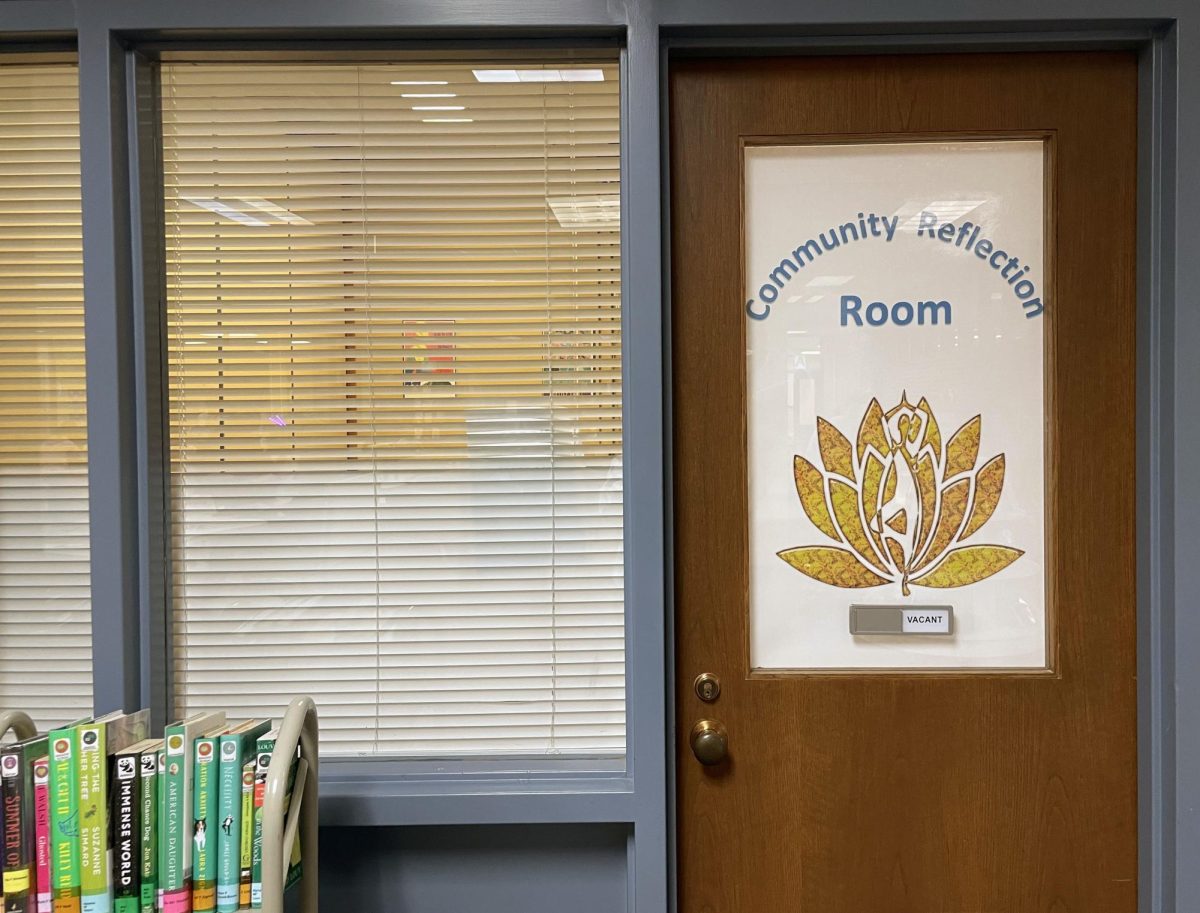
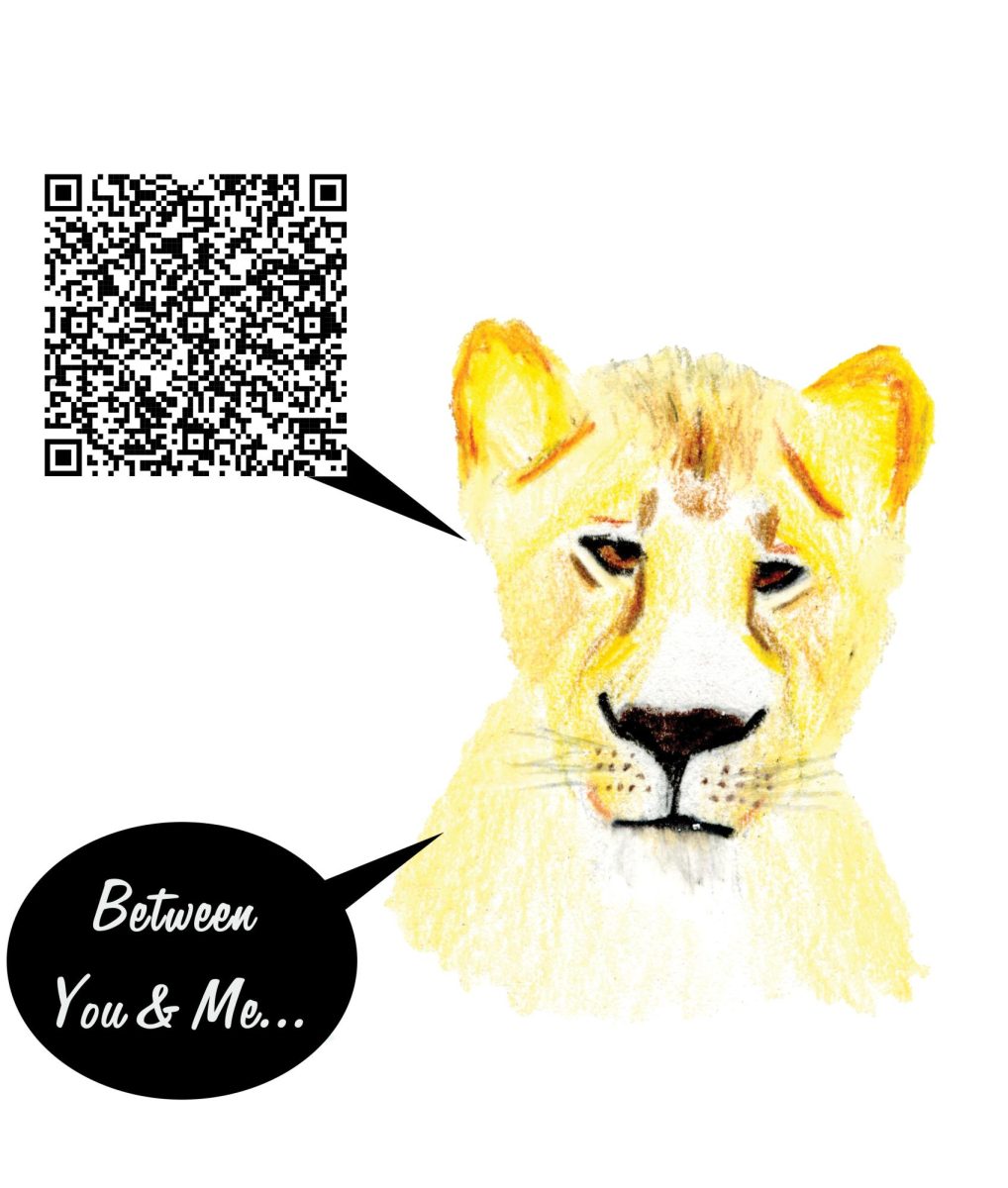
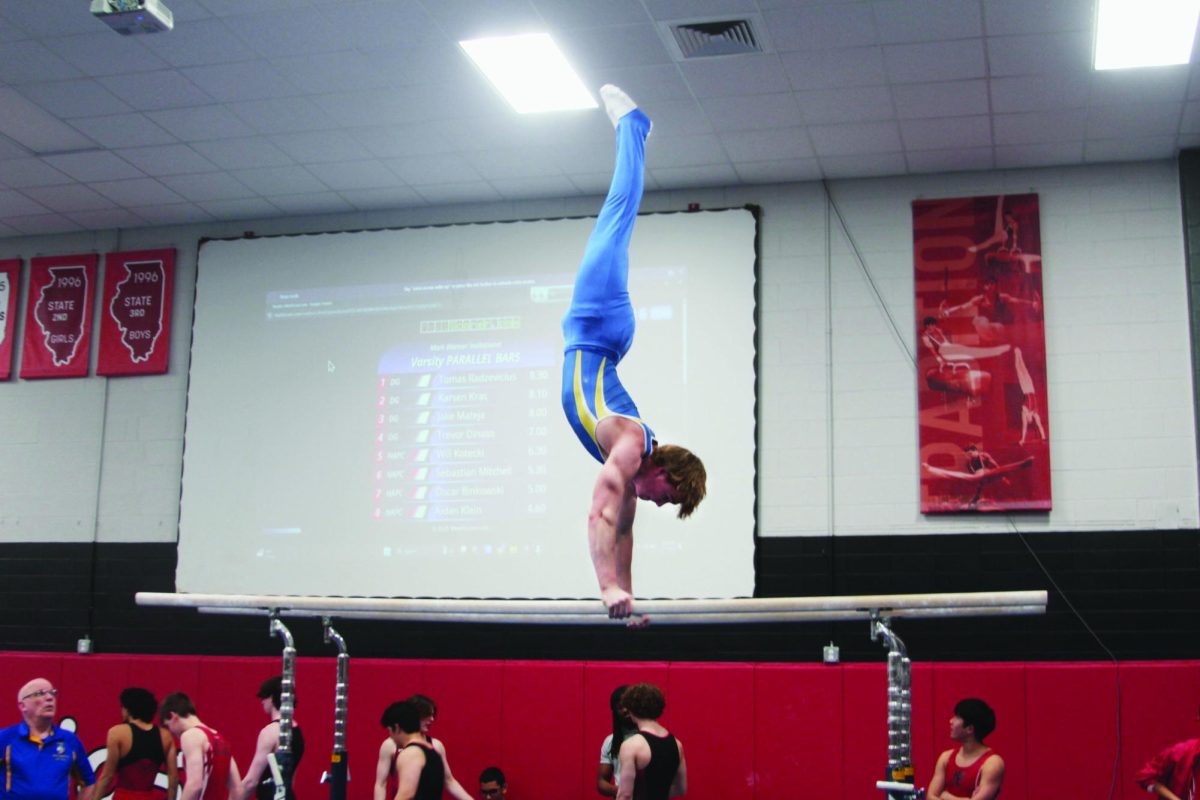

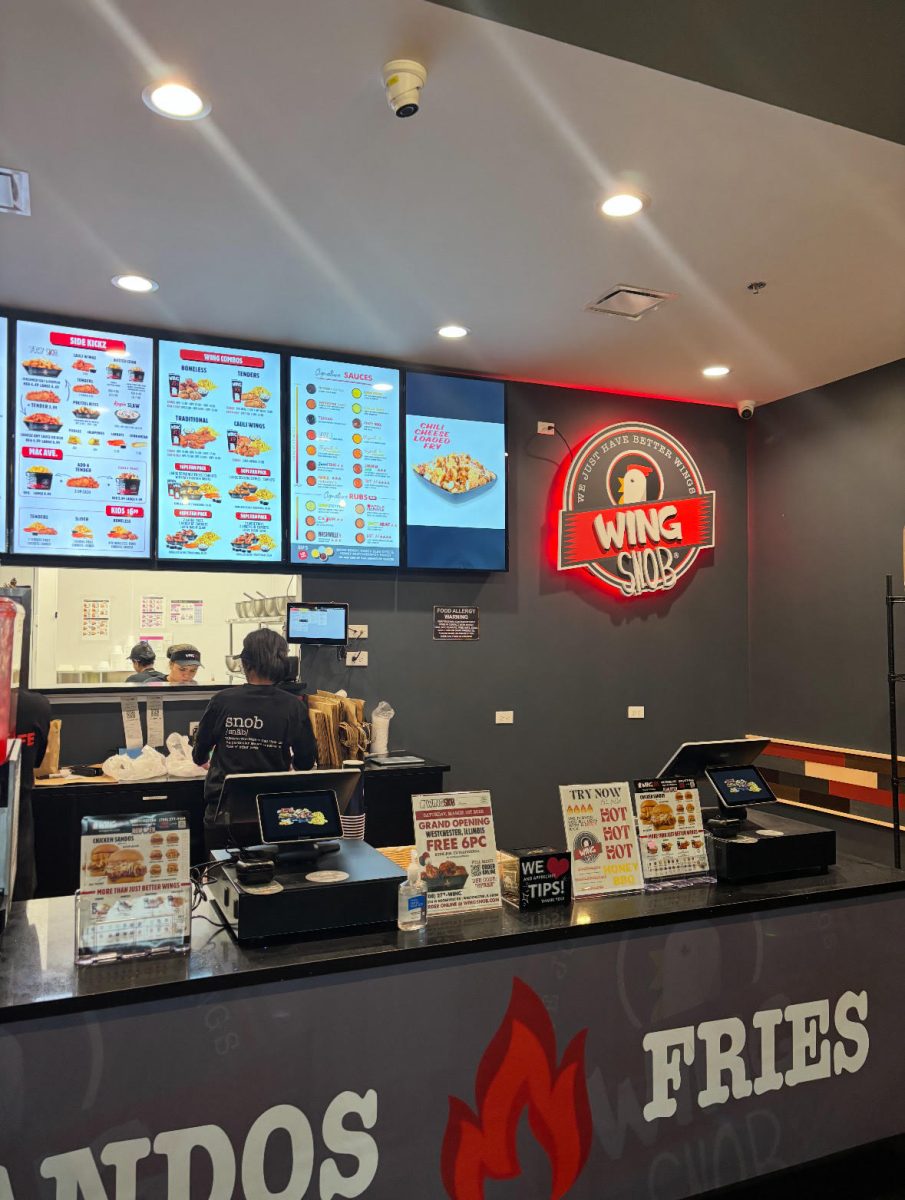
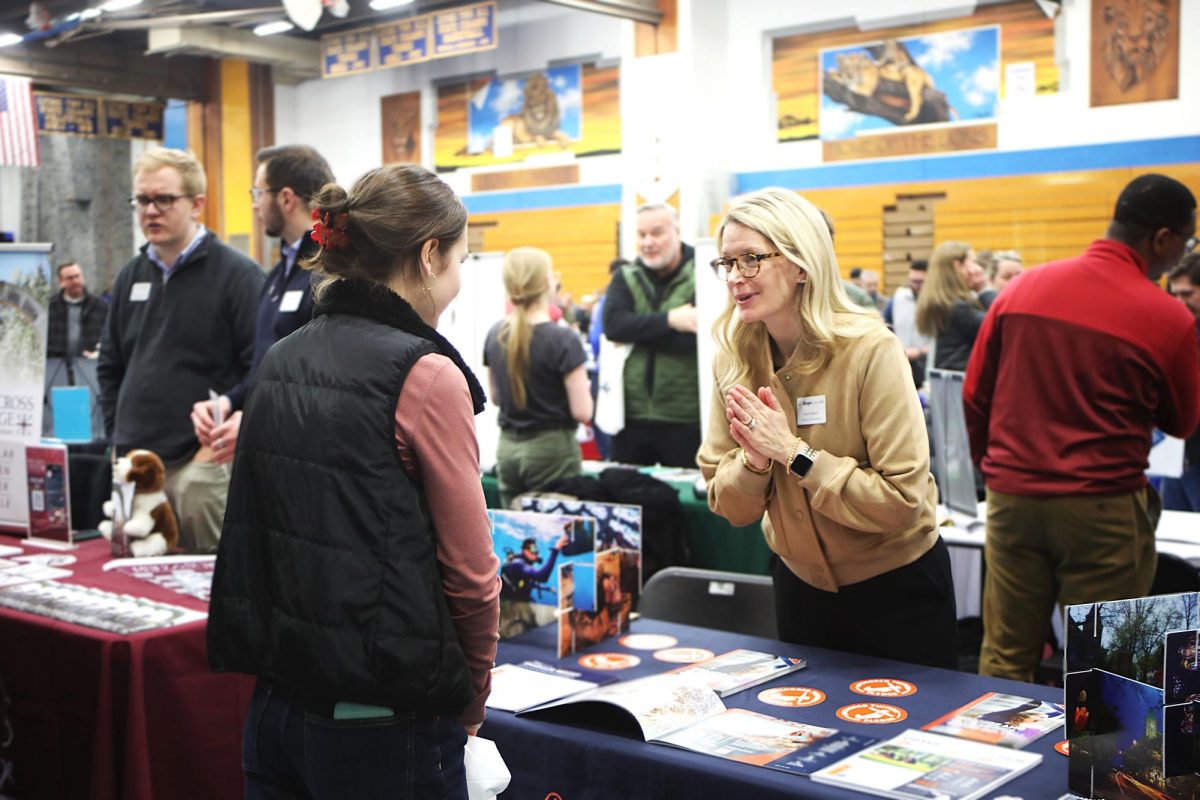

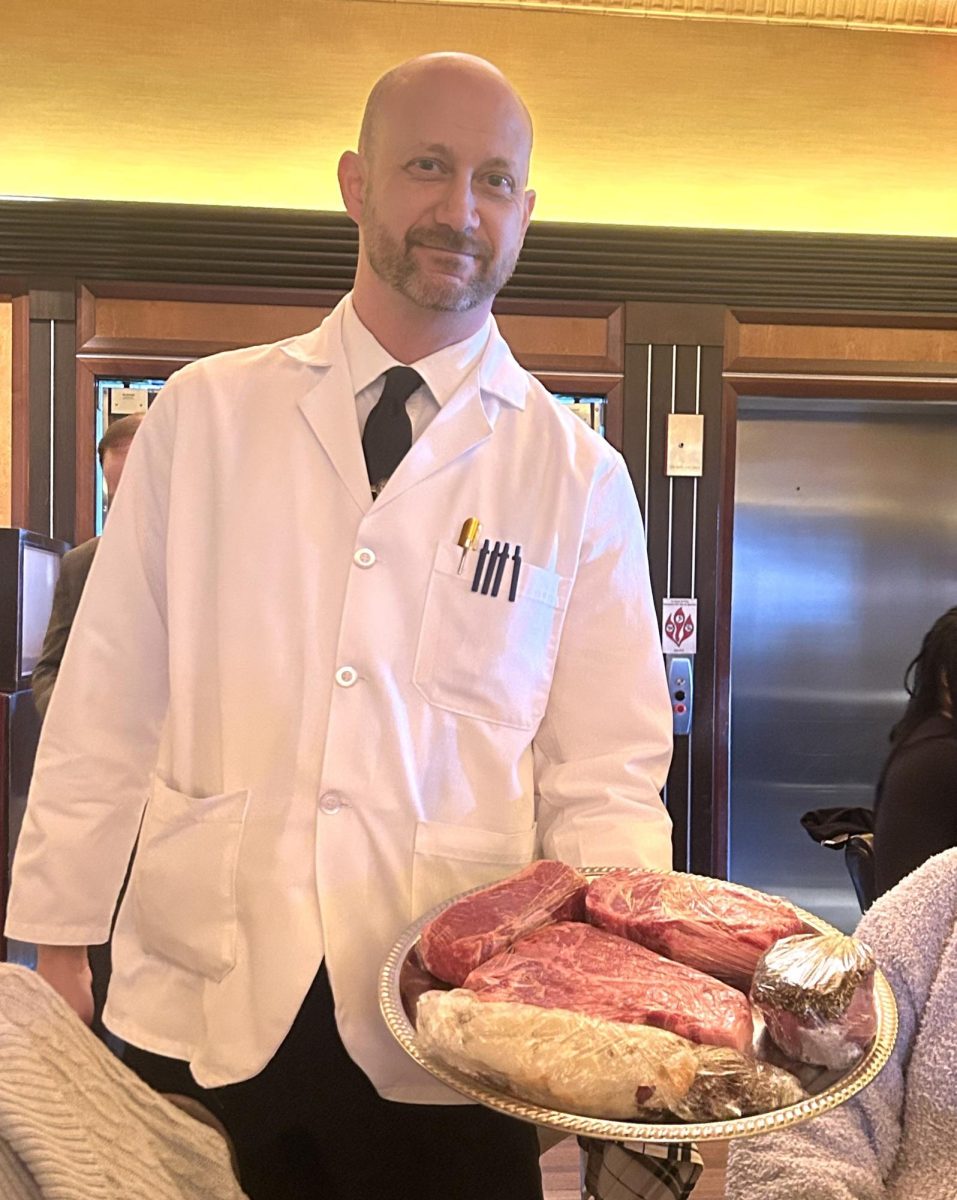

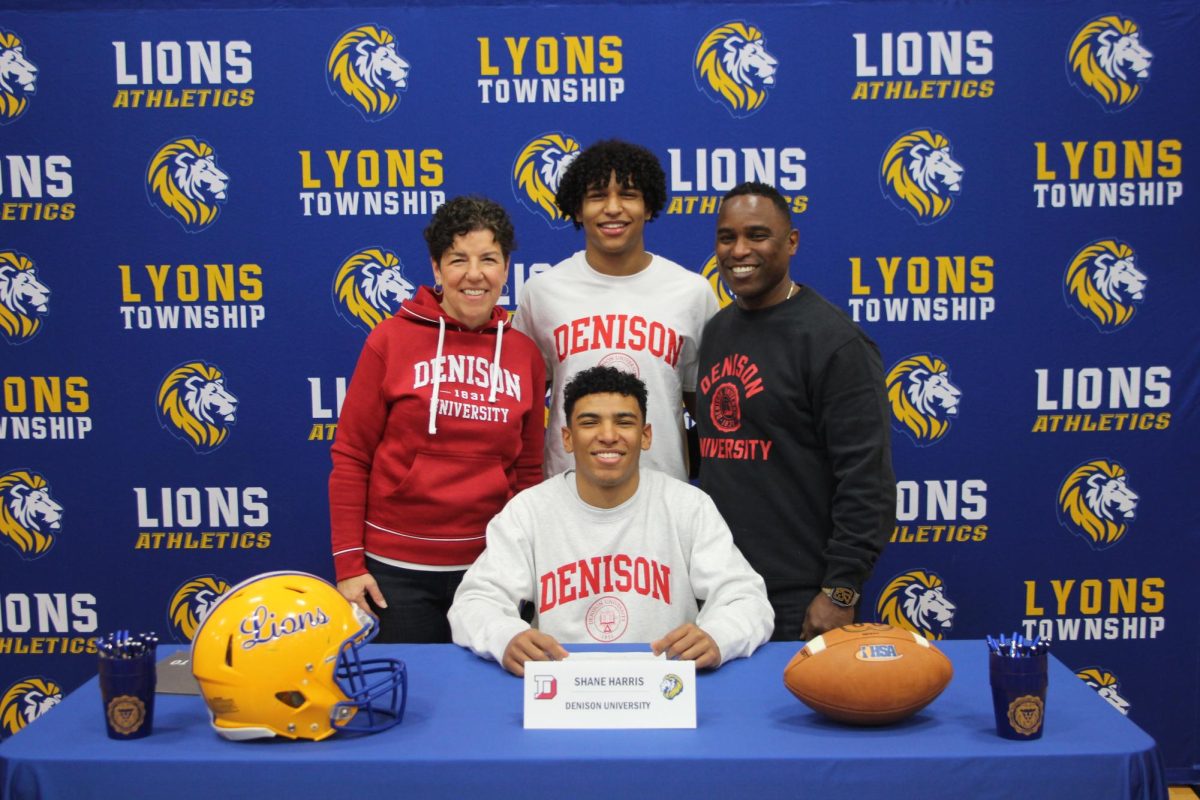


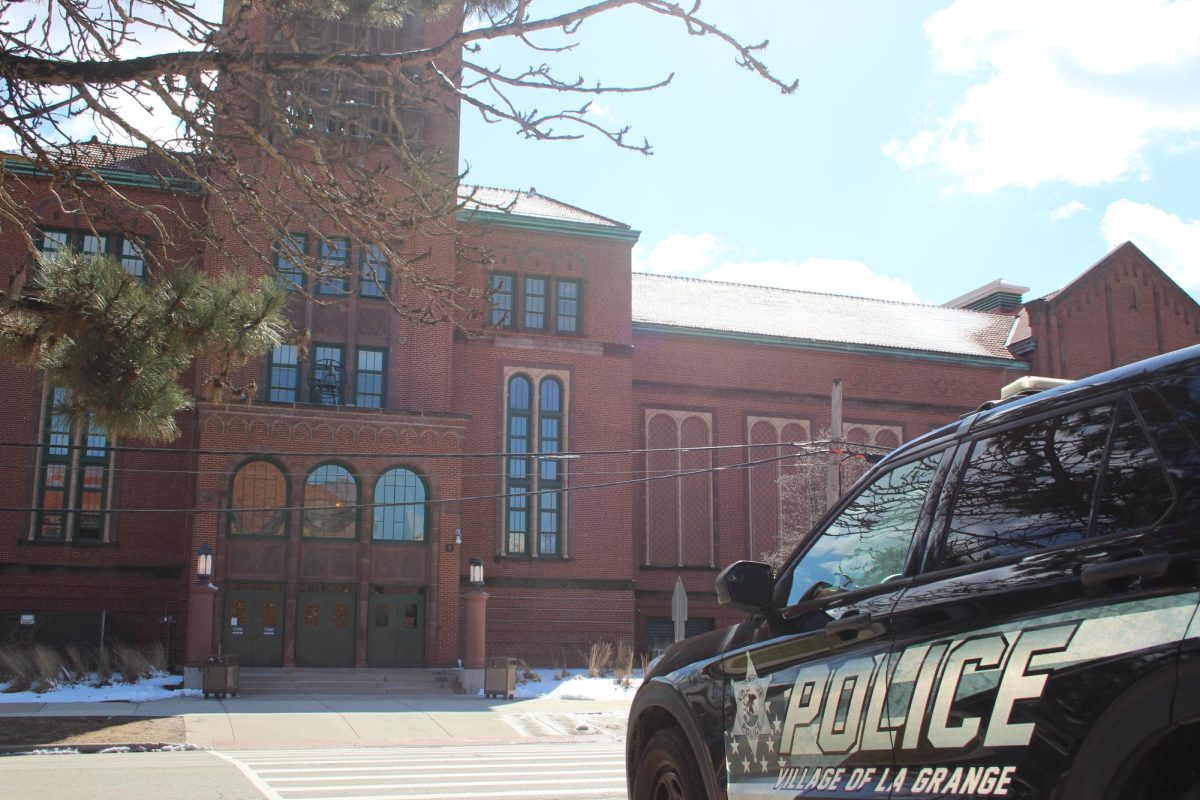


![Movie poster for '[Rec]" (2007).](https://www.lionnewspaper.com/wp-content/uploads/2023/04/rec-640x900.jpg)

